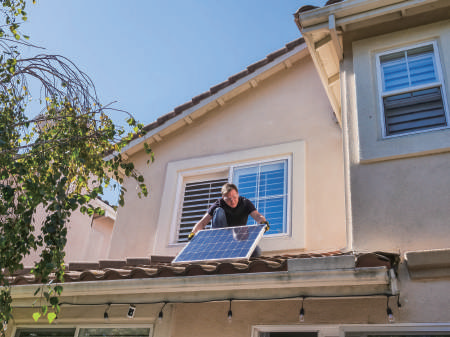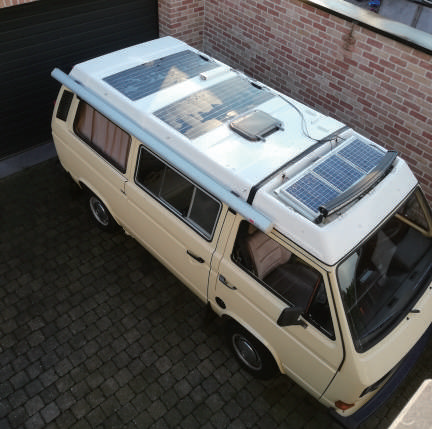

Solar panels can convert light energy into electricity, which can effectively deal with the difficult problems caused by power shortages and power outages. Off-grid photovoltaic power generation systems are widely used in remote mountainous areas, power-free areas, islands, communication base stations and street lamps. The photovoltaic array converts solar energy into electric energy under the condition of light, supplies power to the load through the solar charge and discharge controller, and charges the battery pack at the same time; When there is no light, the battery pack supplies power to the DC load through the solar charge and discharge controller. At the same time, the battery also supplies power directly to the independent inverter, and the current is generated through the independent inverter to supply power to the AC load.


The off-grid photovoltaic system is generally composed of a photovoltaic array composed of solar cell modules, solar charge and discharge controller, battery pack, off grid inverter, DC load and AC load.
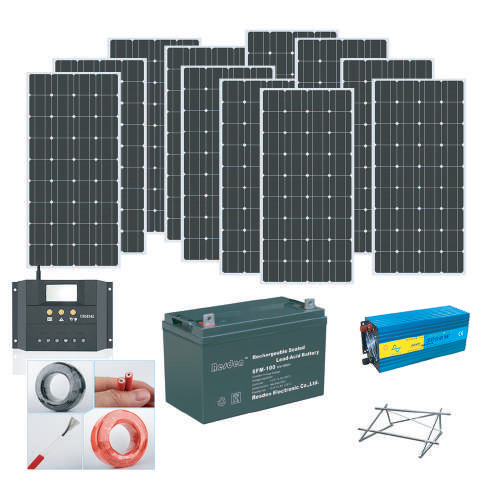
The solar cell module is the main part and also the most valuable component in the solar power supply system. Its function is to convert the solar radiation energy into DC energy;
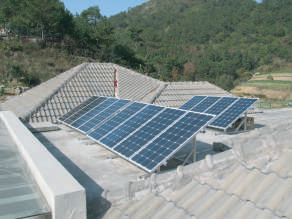
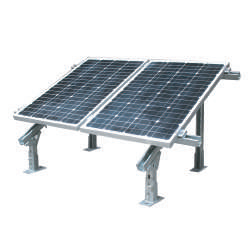
It is used to regulate and control the electric energy generated by solar cell modules. In addition, it is used to charge the battery to the greatest extent and protect the battery from overcharge and over-discharge.

It is used to store the electricity generated by solar panels during the day for use when there is no light
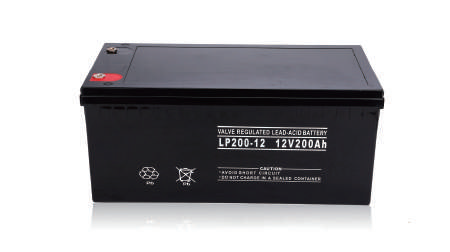
The off-grid inverter is the core component of the off-grid power generation system, which is responsible for converting DC into AC for AC load. Only DC load can not need the inverter
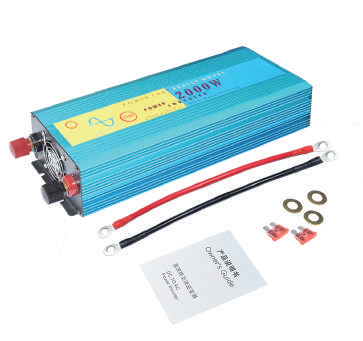
Roofs of villas, residential buildings, schools, hotels, factories, etc; RV, yacht, street lamp and monitoring power generation system, photovoltaic building integration, photovoltaic water pump irrigation system, wind-solar complementary power generation, etc.

